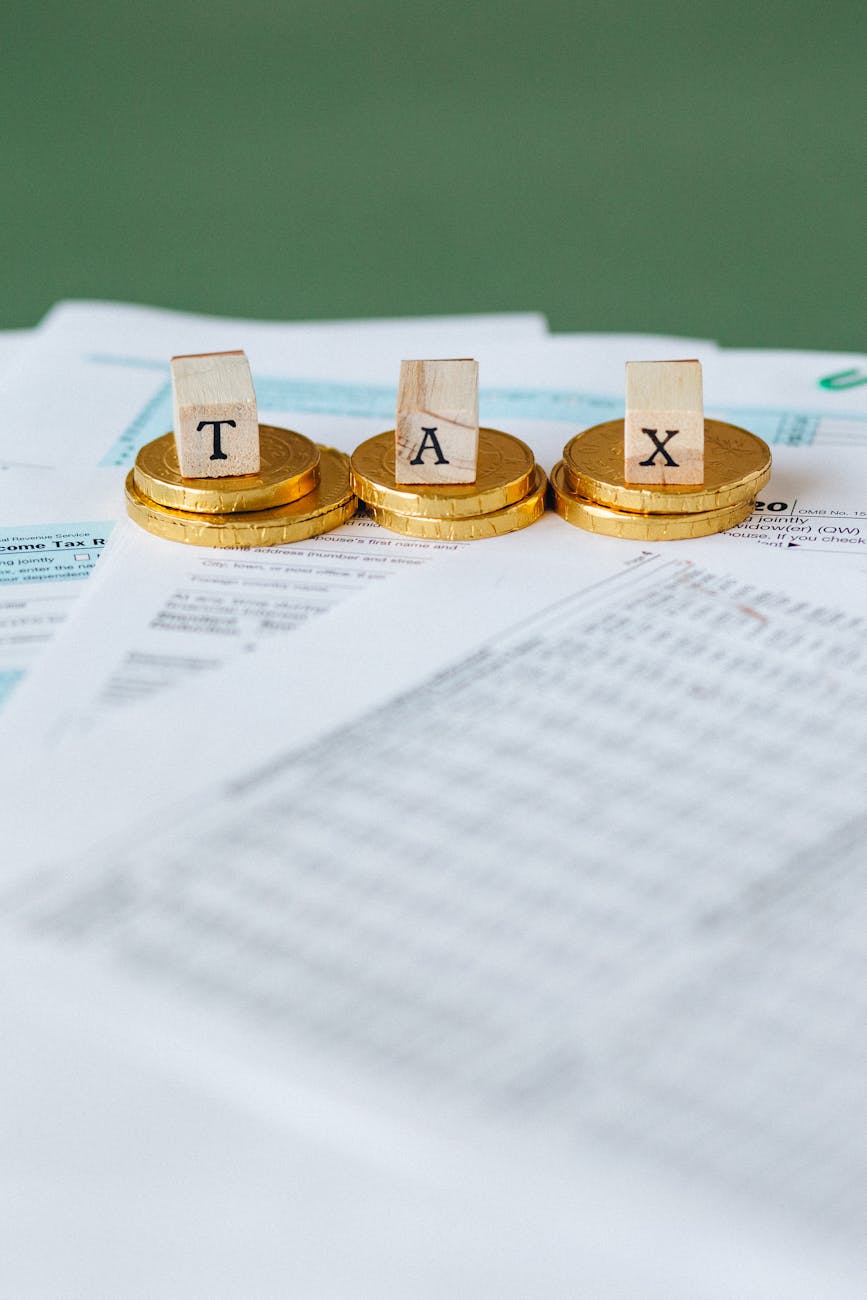U.S.–Japan Tariff Negotiations in July 2025
— Background, Full Agreement, and Economic & Political Impacts
Timeline to Date
- Tensions Begin with U.S. Withdrawal from TPP (2017)
The U.S. quits the Trans-Pacific Partnership and makes “America First” trade policy clear. - Section 232 Automotive Investigation (2018–19)
The U.S. Commerce Department labels auto and parts imports a “national security threat” and hints at additional tariffs. - Phase 1 U.S.–Japan Trade Agreement (2019)
Limited deal covering agriculture and digital trade, with auto tariffs postponed. - Comprehensive Tariff Plan and 90-Day Grace Period (April 2025)
President Trump proposes uniform 10–30 % tariffs and sets a July 9 deadline for negotiations. - Final Stretch of Talks
Japan’s Prime Minister Ishiba personally visits Washington, aiming to compromise at “15 % plus an investment package.”
How the Deal Was Reached
- The key bargaining chip was 25 % auto tariffs. Japan made reducing that to 15 % its top priority.
- Japan offered a $550 billion investment package through government-backed financial institutions, giving the U.S. a major political win.
- Both sides wanted a quick resolution before U.S. courts could challenge Section 232 tariffs under IEEPA.
Main Points of the Agreement
| Category | Key Details |
|---|---|
| Tariff Rate | Both sides cap tariffs at 15 %, including automobiles and parts. Items currently below 15 % remain unchanged. |
| Investment Package | Japanese government finance agencies commit up to $550 billion in loans and equity (semiconductors, pharmaceuticals). Profit split: U.S. 9 : Japan 1. |
| Agricultural Goods | Japan to increase U.S. rice imports by 75 % within its minimum access quota and purchase an additional $8 billion of corn and soy. |
| Non-Tariff Barriers | Simplify U.S. vehicle type approvals in Japan, recognizing U.S. standards for the first time. |
| Open Issues | 50 % tariffs on steel and aluminum, plus currency provisions, remain under continued talks. |
Economic Impact Outlook
For Japan
- Cost Savings for Automakers: Avoiding the 25 % levy saves several hundred billion yen annually, though the rise from 2.5 % to 15 % still pressures pricing.
- GDP Support: Clearing uncertainty could bolster GDP by an estimated 0.1–0.2 %.
- Supply-Chain Realignment: Companies may reconsider North American production shares in light of tariff differentials with Canada and Mexico.
For the U.S.
- Tariff Revenue & Investment Inflows: Additional tariff income plus $550 billion in Japanese investment will support U.S. manufacturing and infrastructure.
- Consumer Price Effects: Higher Japanese auto prices could add to inflationary pressures.
- Leverage with Other Allies: The U.S. may press Europe and Mexico for further concessions under similar high-tariff threats.
Political Ramifications in Japan
- Boost to Government Approval: With the ruling coalition nearly losing its majority on July 21, the administration touts the deal as its “best outcome.”
- Agricultural Lobby Considerations: Rice imports remain within existing quotas to minimize backlash from farm cooperatives (JA).
- Opposition Criticism: Parties will argue that even 15 % constitutes a de facto tax hike, linking it to rising living costs and the weak yen.
Summary
The compromise avoids a 25 % barrier by settling at 15 % tariffs plus a major investment package. While still a significant increase over pre-existing duties, it temporarily stabilizes business and markets. Unresolved issues—steel, aluminum tariffs and currency clauses—could resurface in the 2026 USMCA review or the next U.S. presidential election, reigniting intense negotiations.
